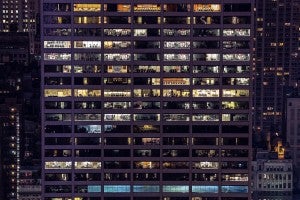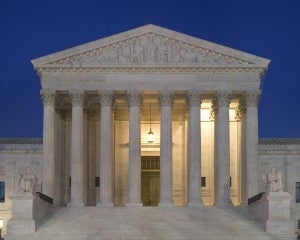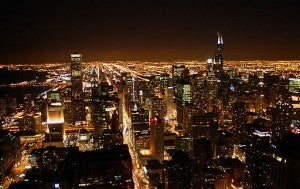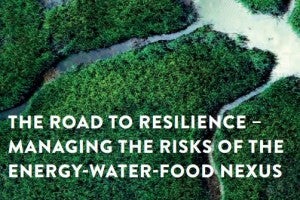 Over the past few months, hundreds of thousands of people across the U.S. have spoken out in support of action on one very important topic: methane.
Over the past few months, hundreds of thousands of people across the U.S. have spoken out in support of action on one very important topic: methane.
Methane is the main ingredient of natural gas. It helps heat our homes and power our economy. But when leaked or vented into the atmosphere, methane is also a potent greenhouse gas, more than 80 times more powerful than carbon dioxide over a 20 year timeframe.
The oil and gas industry is the nation’s largest source of methane emissions, but new action from the Bureau of Land Management could help change that dynamic out West.
The majority of oil and gas production on federal and tribal lands occurs in the western U.S. Unfortunately, the companies that extract the oil and gas that belongs to the American people are allowing way too much methane to escape to the atmosphere. One recent report found that taxpayers may lose more than $800 million in revenue over the next decade due to venting and flaring on public lands if no action is taken. This is a critical reason for why the BLM recently issued a new proposal designed to stop industry’s wasteful methane habits on federal and tribal lands. And why thousands of impacted community members have voiced their support for BLM’s proposal. Read More










 No one ignores an opportunity to save billions of dollars. Numbers of that size are enough to make an audience take notice, even in a business like commercial real estate, where deals in the hundreds of millions and billions are commonplace.
No one ignores an opportunity to save billions of dollars. Numbers of that size are enough to make an audience take notice, even in a business like commercial real estate, where deals in the hundreds of millions and billions are commonplace. America got a rare unanimous decision from the Supreme Court this week in a case that has widespread implications for our electric grid, as well as the markets and regulations that govern and move it.
America got a rare unanimous decision from the Supreme Court this week in a case that has widespread implications for our electric grid, as well as the markets and regulations that govern and move it. Wait – Ohio utility regulators did what?
Wait – Ohio utility regulators did what? Localized power grids that have the ability to disconnect from the main, centralized grid – known as microgrids – have become one of the electricity industry’s latest darlings. Particularly after Hurricane Sandy knocked out electric generators and wires along the Northeast coast in 2012, urban and utility planners have been devising localized grids that can operate autonomously, strengthen the overall power system’s reliability and resilience, and protect critical infrastructure like hospitals, water treatment facilities, and police stations in the event of a grid-wide outage.
Localized power grids that have the ability to disconnect from the main, centralized grid – known as microgrids – have become one of the electricity industry’s latest darlings. Particularly after Hurricane Sandy knocked out electric generators and wires along the Northeast coast in 2012, urban and utility planners have been devising localized grids that can operate autonomously, strengthen the overall power system’s reliability and resilience, and protect critical infrastructure like hospitals, water treatment facilities, and police stations in the event of a grid-wide outage. You probably have some sort of insurance – for your healthcare, car, house, or apartment. Acting on climate change is also like insurance. It is all about managing the risks.
You probably have some sort of insurance – for your healthcare, car, house, or apartment. Acting on climate change is also like insurance. It is all about managing the risks.